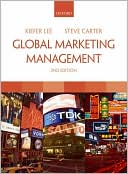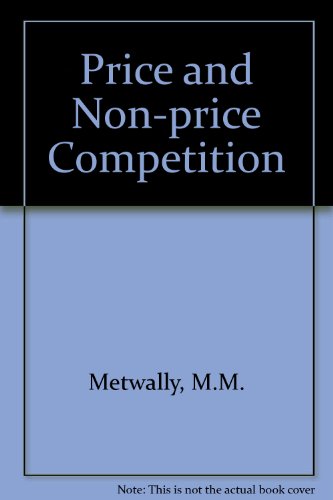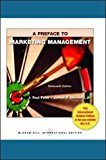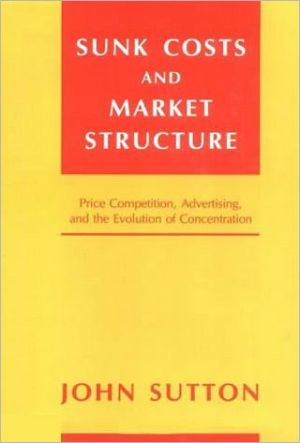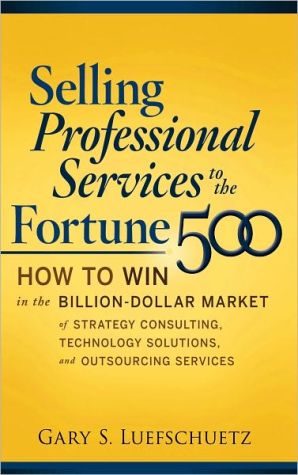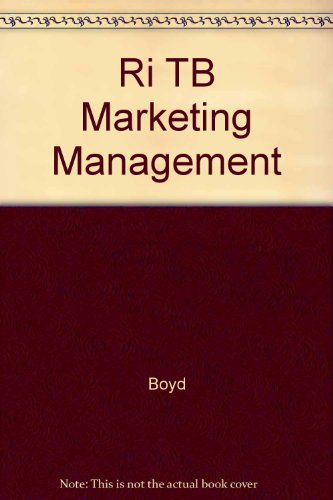Active Asset Allocation: Gaining Advantage in a Highly Efficient Stock Market
Good, Walter R.
Hermansen, Roy W.
Meyer, Jack R.
How Much Of A Portfolio Should Be Invested In The Stock Market? This Is A Pressing Issue Whether You're An Institutional Investor - Managing Pension, Endowment, Or Foundation Funds - Or An Enterprising Individual Investor. Active Asset Allocation Addresses This Most Critical Of Investment Issues, Arguing For Active Management Of Asset Allocation Within The Framework Of A Long-term Passive Plan. Central To This Strategy Is An Innovative Approach To Stock Market Valuation Drawn From The Authors' Work With Large Institutional Investors. For Most Investors, Active Management And Passive Investing Are Mutually Exclusive Disciplines. The Active Decision Process Presented Here Breaks With This Traditional View. Using The Market Price As A Storehouse Of Information, It Identifies Three Measures Relating To The Business Outlook, Interest Rates, And Investor Confidence That Gauge Likely Changes In Stock. In Addition To Presenting A Detailed Blueprint For The Decision Model, The Book Also Explains How To Establish Active Asset Allocation In The Framework Of A Long-term Passive Plan; Exploit Hidden Information Embedded In The Financial Markets; Focus On The Only Opportunity Open To The Active Manager - The Thin Margin Of Slow Information; Gauge The Implications Of Earnings Forecasts For Stock Market Performance; Identify Three Prime Variables Critical To The Decision Process; Control Investment-manager Bias - A Frequent Contributor To Mistakes In Active Asset Allocation; And Guard Against The Dangers Of Backdoor Market Timing - A Particular Hazard For Investors Who Are Most Committed To Passive Management.--book Jacket. Introduction: Changing View Of Market Efficiency Creates Opportunity -- Pt. 1. Fund Manager's Dilemma: How To Reconcile Two Conflicting Views -- 1. How Traditional Active Management Strives To Add Value -- 2. Radical Assumption Underlying Passive Management -- 3. Divide And Conquer: Unambiguous Roles For Active Management And Passive Policy -- Pt. 2. Adapting Active Management To A Highly Efficient Stock Market -- 4. Exploiting Information Embedded In Stock Prices -- 5. Three Key Factors Drive Stock Prices -- 6. Identifying Cause And Effect Focusing On Change Rather Than Level -- Pt. 3. Understanding The Pitfalls And Opportunities -- 7. How The Business Outlook Impacts Stock Prices -- 8. Interest Rates As A Guide To Stock Prices -- 9. Gauging Investor Confidence -- 10. Putting It All Together -- Pt. 4. Confronting The Future -- 11. Three Prime Variables In Operation -- 12. Examining The Alternative: Back-door Market Timing. Walter R. Good, Roy W. Hermansen, Jack R. Meyer. Includes Index.
Hermansen, Roy W, Portfolio management, Investment analysis, Stock price forecasting, Asset allocation, HG4529.5 .G66 1993, 332.6
| Name in long format: | Active Asset Allocation: Gaining Advantage in a Highly Efficient Stock Market |
|---|---|
| ISBN-10: | 0070237301 |
| ISBN-13: | 9780070237308 |
| Book pages: | 306 |
| Book language: | en |
| Edition: | First Printing |
| Binding: | Hardcover |
| Publisher: | McGraw-Hill |
| Dimensions: | Height: 9.5 Inches, Length: 6.5 Inches, Weight: 1.46827866492 Pounds, Width: 1 Inches |






